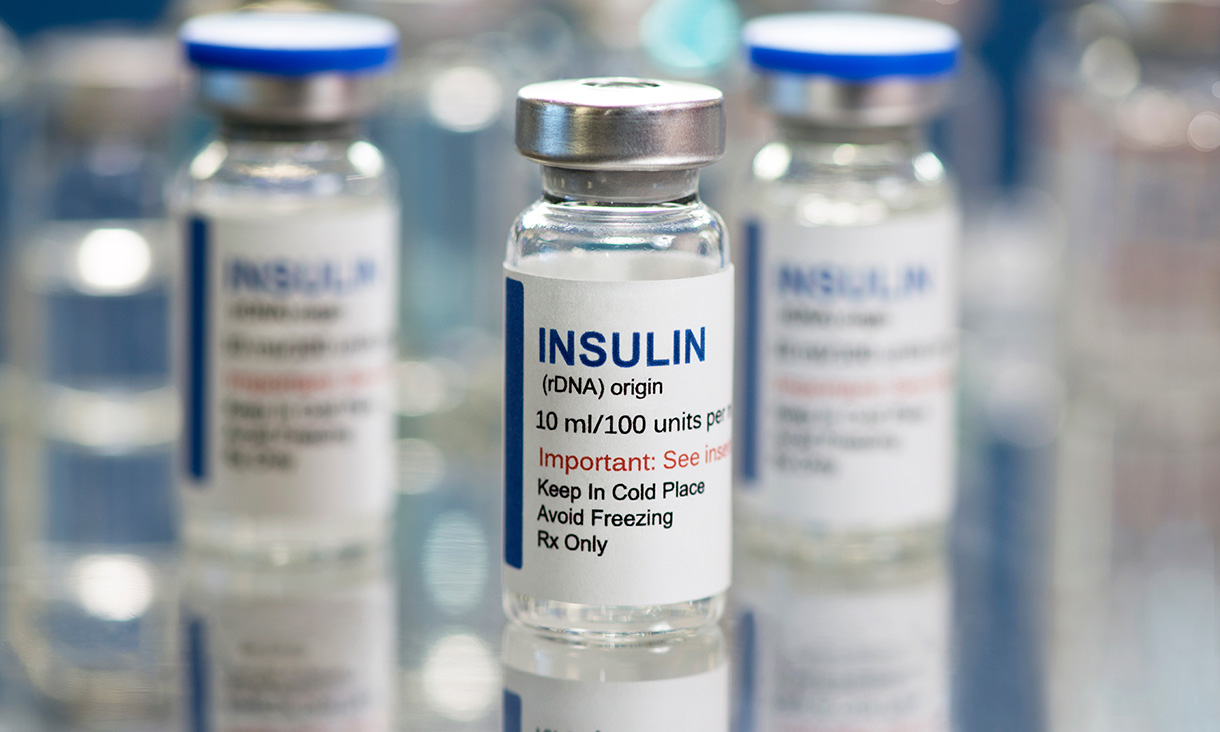Understanding flu and pregnancy
Influenza is not directly passed from mother to baby, but its potentially devastating effect on the mother is closely connected to the complications suffered by the baby.
Pregnant women who develop influenza are at higher risk of hospitalisation with pneumonia and other complications, while babies of mothers severely affected by flu are at increased risk of fetal growth restriction, miscarriage and preterm births.
The risk of flu remains a significant issue in pregnancy, with over 60% of pregnant Australian women not getting the flu vaccine.
Scientists have previously thought the reason flu has such serious health impacts is because the immune system is suppressed during pregnancy to enable the fetus to thrive, making it harder to fight infections.
But the new research on Influenza A shows the virus behaves very differently in the bodies of pregnant and non-pregnant mice.
In non-pregnant mice, the flu infection remains localised to the lungs. But in pregnant mice, the virus spreads into the circulatory system via the blood vessels.
This leads to intense inflammation that drastically affects the function of large blood vessels, which severely impacts on the health of the mother and can also restrict blood flow to the growing fetus.
Flu-induced vascular storm
In the new study, researchers found pregnant mice with flu had severe inflammation in the large blood vessels and the aorta, the major conduit artery from the heart.
While a healthy blood vessel dilates 90-100% to let blood flow freely, the flu-infected blood vessels functioned at only 20-30% of capacity.
Lead investigator Associate Professor Stavros Selemidis, RMIT, said even a small change in the diameter of a blood vessel could have profound changes to blood flow.
“We found a dramatic difference in these inflamed blood vessels, which can seriously affect how much blood makes it to the placenta and all the organs that help support the growing baby,” Selemidis said.
“We’ve known that flu infection in pregnancy results in an increased risk of babies being smaller and suffering oxygen starvation.
“Our research shows the critical role that the vascular system could be playing in this, with inflammation in the blood vessels reducing blood flow and nutrient transfer from mum to baby.”
While the researchers did not directly measure blood flow, the study found an increase in biomarkers for oxygen starvation in the fetuses of the flu-infected mice.








